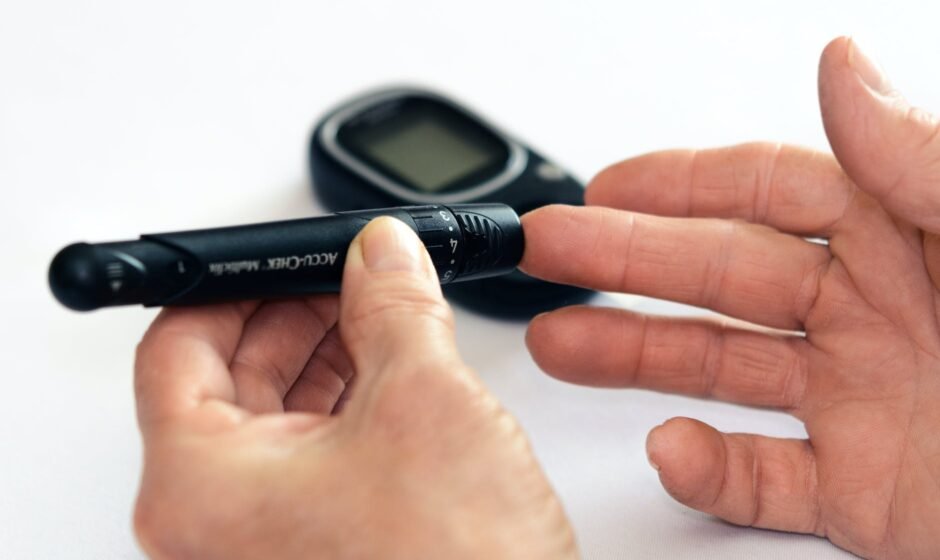Component 3: Automated Insulin Delivery Systems (Minimed 670G/770G, t:slim X2 with Control-IQ, and Do It Yourself Loophole)
Target Range:
- Minimed 670G/770G: The algorithm targets a blood glucose level of 120 mg/dL. When correction boluses are needed, the boluses target a blood glucose level of 150 mg/dL and the system uses micro-boluses to bring the blood glucose level down to the target of 120 mg/dL.
- t:slim X2 with Control-IQ: Control-IQ uses the set basal rates when the user’s CGM readings are trending between 112.5 and 160 mg/dL. The algorithm then increases or decreases the basal rate based on the predicted blood glucose level within the next 30 minutes. If the blood glucose level is predicted to be above 160 mg/dL within 30 minutes, the algorithm will increase the basal rate. There is a maximum basal rate set by Control-IQ, but the exact value is not known (it is likely based on the total daily dose of insulin). If the blood glucose level is predicted to be above 180 mg/dL within 30 minutes, a correction bolus will be suggested (60% of the set basal rate). The algorithm will decrease the basal rate if the blood glucose level is predicted to be below 112.5 mg/dL within 30 minutes.
Do It Yourself Loophole: The Do It Yourself Loophole is an open-source project that allows people to create their own automated insulin delivery system using a continuous glucose monitor (CGM), an insulin pump, and a smartphone. The target range for the Do It Yourself Loophole is customizable, but it is typically set to between 100 and 140 mg/dL.
Conclusion:
Automated insulin delivery systems are a promising new technology that can help people with type 1 diabetes to better manage their blood glucose levels. The three systems discussed in this post (Minimed 670G/770G, t:slim X2 with Control-IQ, and Do It Yourself Loophole) all have different target ranges, but they all aim to help people with type 1 diabetes to achieve better blood glucose control.




